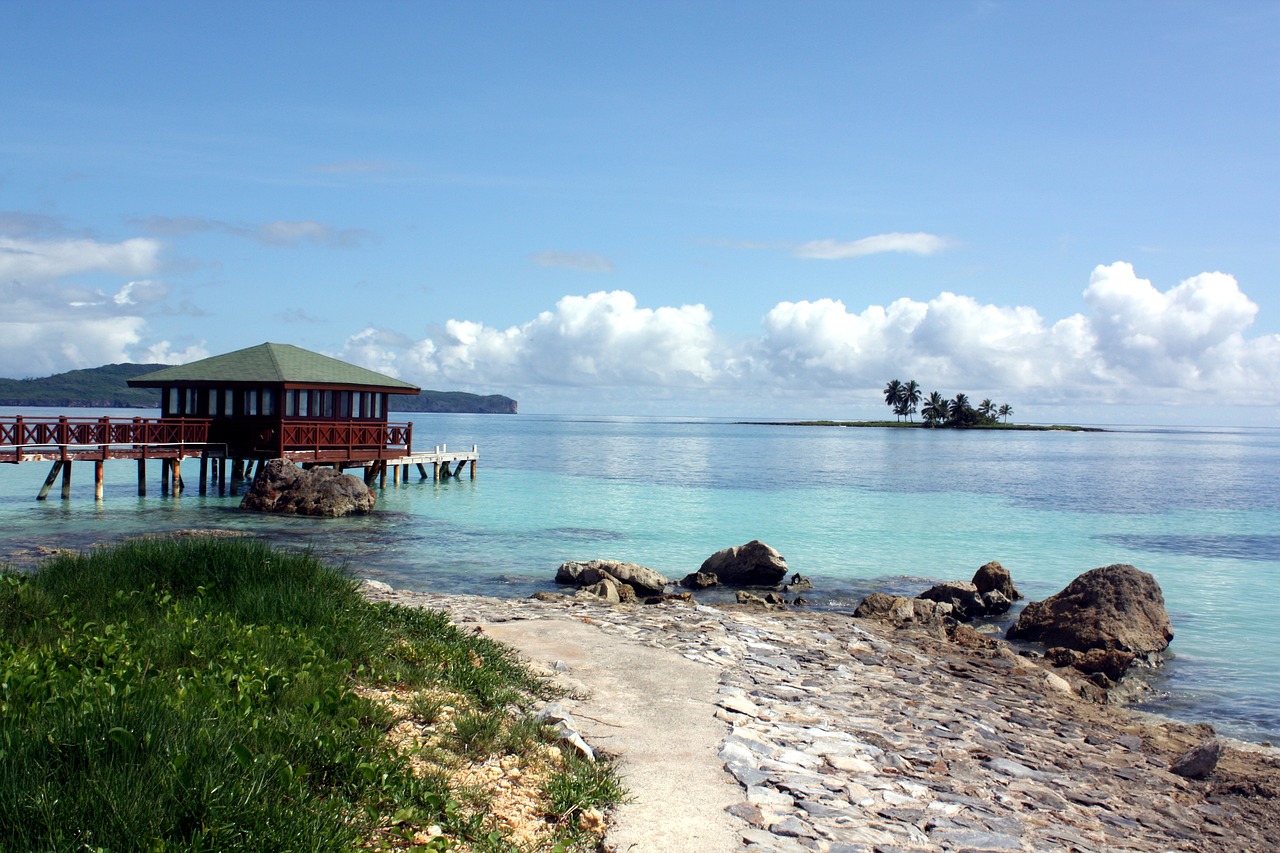Local Celebrations and Holidays: What to Expect in Dominican Republic
The Dominican Republic is known for its vibrant culture and rich heritage, which is beautifully reflected in its local celebrations and holidays. From colorful parades to traditional dances, these festivities provide a unique insight into the country’s history and traditions. If you’re planning a visit to the Dominican Republic, here’s what you can expect during some of the most popular local celebrations and holidays.
Carnival
Carnival is one of the most anticipated celebrations in the Dominican Republic. It takes place throughout the month of February and culminates with a grand parade on the last Sunday of the month. The streets come alive with music, dance, and elaborate costumes as locals and visitors come together to celebrate. The parade features floats, traditional characters, and lively music, creating a festive atmosphere that is truly unforgettable.
- Costumes: Participants in the Carnival parade wear vibrant and extravagant costumes that represent various themes. These costumes are meticulously designed and often incorporate feathers, sequins, and bright colors.
- Traditional Characters: The Carnival parade also showcases traditional characters such as the “Diablo Cojuelo” (Limping Devil) and the “Roba la Gallina” (Chicken Thief). These characters entertain the crowd with their mischievous antics and playful interactions.
- Music and Dance: Merengue and bachata, the country’s traditional music genres, fill the air during Carnival. Dance troupes perform choreographed routines, and spectators are encouraged to join in the festivities.
Independence Day
Independence Day, celebrated on February 27th, marks the Dominican Republic’s independence from Haiti in 1844. This national holiday is filled with patriotic pride and commemorates the country’s rich history and struggle for independence. The day is marked by various events and ceremonies throughout the country.
- Raising of the Flag: The day begins with the raising of the Dominican flag in public squares across the nation. This symbolic act represents the country’s sovereignty and independence.
- Parades: Colorful parades take place in major cities, featuring marching bands, dance groups, and floats. These parades showcase Dominican culture and history and attract both locals and tourists.
- Fireworks: As night falls, fireworks light up the sky, adding a touch of magic to the celebrations. Spectators gather in parks and open spaces to witness the dazzling displays.
Las Fiestas Patronales
Las Fiestas Patronales, or the Patron Saint Festivals, are religious and cultural celebrations held in towns and villages across the Dominican Republic. Each town has its own patron saint, and these festivals honor and pay tribute to these revered figures. The festivities usually span several days and are marked by processions, music, dancing, and traditional food.
- Processions: The highlight of Las Fiestas Patronales is the religious procession, where the statue of the patron saint is carried through the streets. This is accompanied by prayers, hymns, and the participation of the local community.
- Music and Dance: Traditional music, such as merengue and palos, fills the air during these celebrations. Locals dress in traditional attire and showcase their dance skills, creating a lively and joyful atmosphere.
- Traditional Food: Food stalls line the streets, offering a variety of traditional Dominican dishes and snacks. Visitors can indulge in mouthwatering delicacies such as sancocho (a hearty stew), tostones (fried plantains), and empanadas (stuffed pastries).
Christmas and New Year
Christmas and New Year celebrations in the Dominican Republic are a blend of religious traditions and cultural customs. The holiday season is a time for families to come together, exchange gifts, and enjoy festive meals. The streets are adorned with colorful lights and decorations, creating a magical ambiance.
- Parrandas: Parrandas are the Dominican Republic’s version of Christmas caroling. Groups of friends and family go from house to house, singing traditional songs and spreading holiday cheer. The hosts often offer refreshments and join in the singing and dancing.
- Nochebuena: Nochebuena, or Christmas Eve, is a time for families to gather for a special meal. Roast pork, known as “pernil,” is a popular centerpiece, along with traditional side dishes like moro de guandules (rice with pigeon peas).
- Fireworks and Firecrackers: As midnight approaches on New Year’s Eve, the sky is illuminated with fireworks and the sound of firecrackers fills the air. This is believed to ward off evil spirits and bring good luck for the coming year.
Conclusion
The local celebrations and holidays in the Dominican Republic offer a captivating glimpse into the country’s vibrant culture and traditions. Whether you’re dancing in the streets during Carnival or joining in the religious processions of Las Fiestas Patronales, these festivities are sure to leave a lasting impression. Plan your visit accordingly to immerse yourself in the lively atmosphere and experience the true spirit of the Dominican Republic.
References
– gypsywarrior.com (Dominican Republic Image 1)
– gypsywarrior.com (Dominican Republic Image 2)
– gypsywarrior.com (Dominican Republic Image 3)

